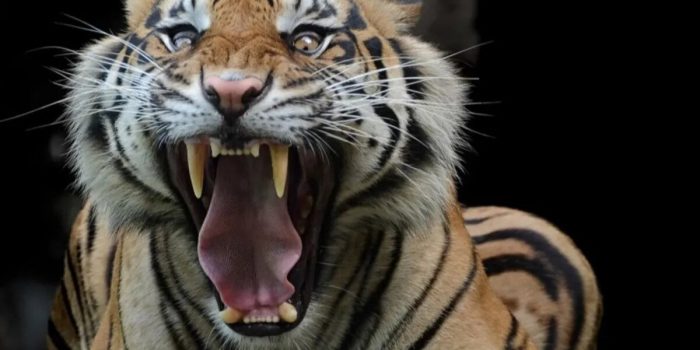A pioneering start-up is harnessing the power of 3-D printing technology to safeguard cultural traditions while simultaneously protecting precious wildlife. This innovative Endeavor aims to put an end to the hunting of animals for their pelts, horns, teeth, and bones, providing synthetic alternatives that are both ethical and sustainable. The primary beneficiaries of this ground-breaking initiative are Indigenous populations whose age-old traditions often involve using real animal parts.
Nabam Bapu, an entrepreneur hailing from the Nyishi community in northeast India’s Arunachal Pradesh, spearheads this endeavor. The Nyishi tribe is the largest Indigenous tribe in the state, and their traditional attire includes elaborate handwoven caps called “byopa,” historically crafted with the beaks of great hornbills and eagle claws. Additionally, Nyishi men carry machetes adorned with teeth from clouded leopards or tigers.

Recognizing the threat posed to wildlife by the traditional practices of his community, Bapu joined forces with his friend Anang Tadar in January 2020 to seek a solution. Together, they embarked on a journey to create synthetic animal parts through their startup, Arunachal Ivory and Ornaments. Over two years, Bapu and Tadar diligently sourced raw materials such as synthetic resin, plastics, wood, and glass to fashion realistic-looking alternatives that would be accepted by village elders.
“The tiger rules the jungle. The eagle rules the sky. Wearing their parts implies inhabiting their mighty spirit, and protecting the people. It’s a status symbol,” Bapu explained to the Guardian.
“Finding a solution on how to keep our culture alive without killing the wildlife … prompted me to do research on how to offer an alternative by making replicas of such wildlife parts,” he added in an interview with the Deccan Herald.

Arunachal Pradesh is home to 26 major tribes, and the state government actively promotes the preservation of cultural practices by encouraging traditional dress among students once a month. This perpetuates the demand for real animal parts, which are not only ethically problematic but also expensive.
“It is important to have the village elders check on their quality as only they can give the right approval,” Tadar told the Guardian.
Enterprising companies like Arunachal Ivory and Ornaments offer affordable and ethical alternatives to Indigenous communities, aiming to reduce poaching and the illegal wildlife trade. By making these substitutes readily available, they hope to shift the paradigm and alleviate the pressure on endangered species.
Bapu exudes confidence that his organization, along with similar enterprises, can play a pivotal role in safeguarding endangered species while preserving the rich cultural heritage of Indigenous communities. Their mission is a beacon of hope, demonstrating how innovative solutions can bridge the gap between tradition and conservation in a rapidly changing world.
“Why not use technology for a greater purpose,” he told the Guardian, “to save wildlife and restore cultural practices.”


